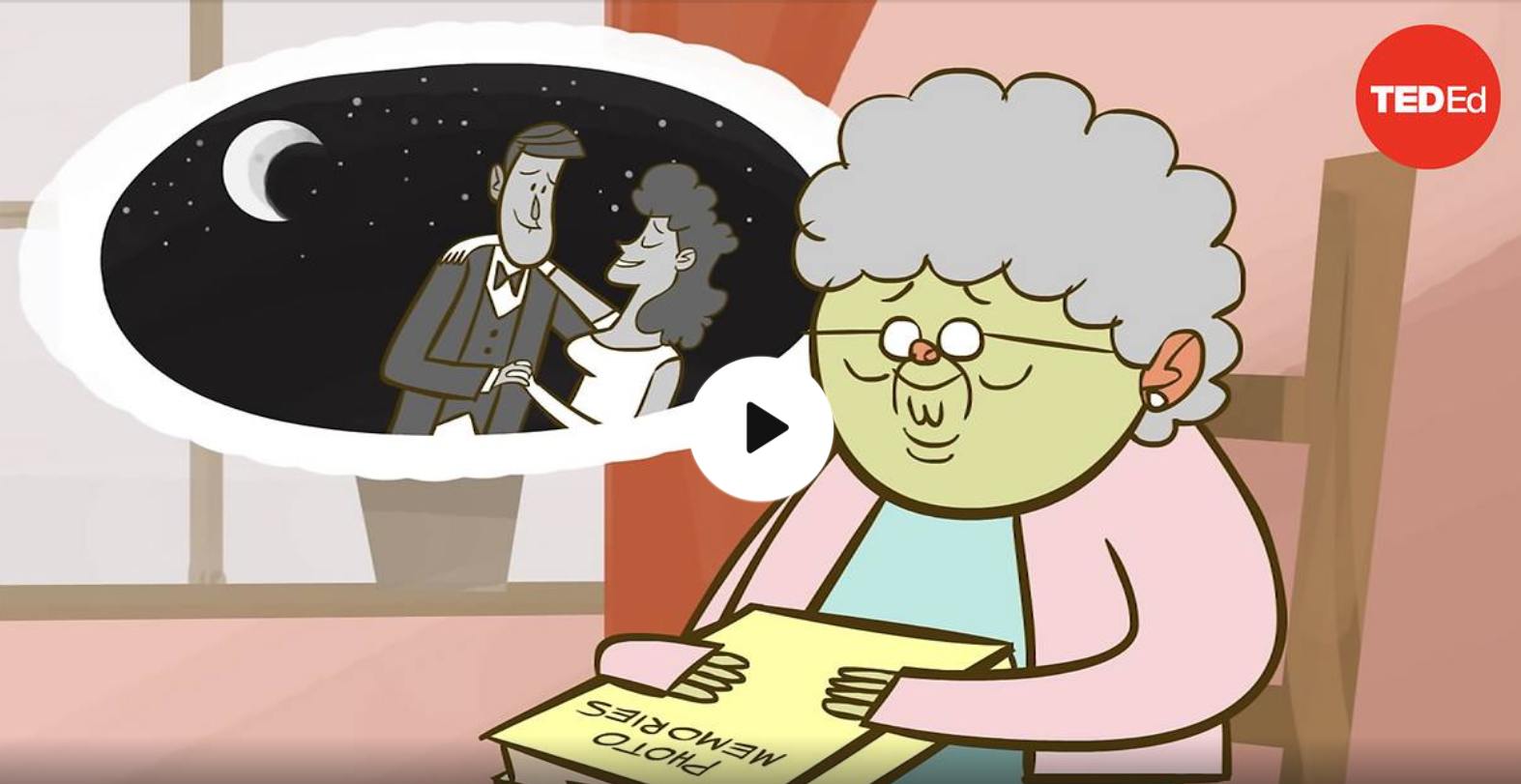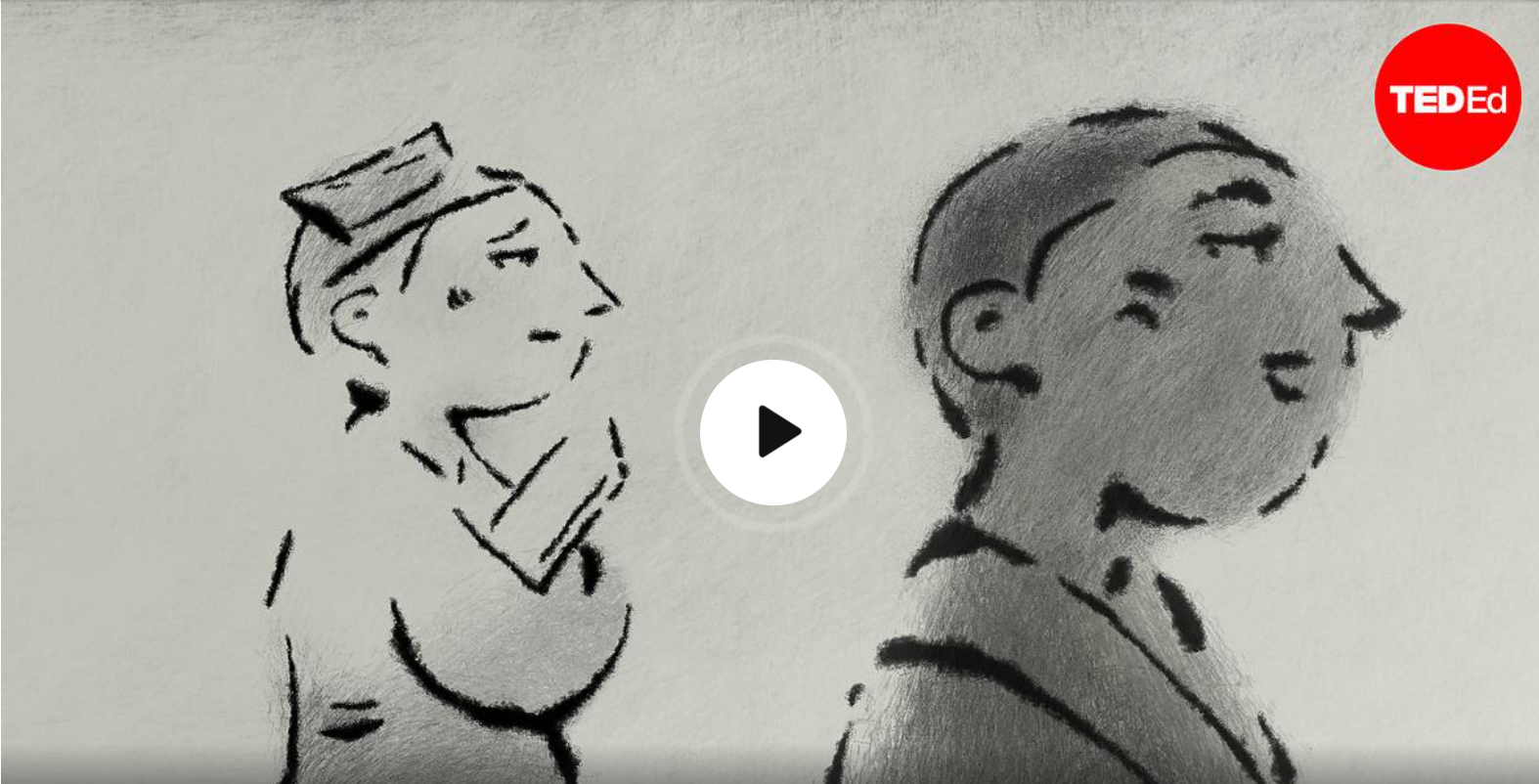the vocabulary of critical thinking
Preface
A second assumption is that, in spite of the differences among disciplines and methods of teaching, some very basic mental operations are common to all of them.
历史学与新闻业看重评估结果, 文学注重模糊性, 讽刺性, 文字的深层含义. 这都是 人们就不同的学科在”思考”, 都掌握基本的技能, 但是侧重点不同.
作者写这本书的目的: find the common, fundamental operations or skills that students should master before they proceed into the specialized disciplines.
understand certain concepts => analyze arguments.
to learn words to name them=> practicing the fundamental skills
学了专业词汇, 才能对专业学科进行深入的问题探索
学这本书中的词:
- how to perform basic operations
e.g. comparing and generalizing
learning and improving skills.
acquire names for the skills
Introduction
what is critical thinking?
- make a good decision
- finding flaws and problems (“criticizing”), but only part of the activity
- praising and valuing
- thinking about all the aspects of……
- understand make the best judgment : positive, negative, or neutral.
本书的内容
The chapters of this book are about the different kinds of relationships
A theory is a type of generalization 一种理论就是一种归纳总结
What Does This Book Try to Do?
give you the basic tools that will help you improve your critical thinking
====>>>>>WORDS
Learning the word is the first step to learning to do the action
学习词语是学会实操的第一步
Isn’t Learning Words Too Simple?
Your genes carry a blueprint that specifies the color of your hair, your height, the pattern of your fingerprints, the tone of your voice, the shape of your face, and every biological trait you have.
the combinations and patterns====>>>produce the infinite variety
Critical thinking is also made up of a few simple parts.
The parts mean various kind of relationships.
The nine basic elements are:
- comparing,
- generalizing,
- reasoning,
- judging sources,
- finding causes and effects,
- making value judgments,
- referring, assuming, and creating
这样做 不是为了记住事实,牢记答案; 而是 通过慢慢地,一步一步来, 打基础 来提升你的表现水平
raise one’s game: To increase one’s effort or improve one’s performance.
- You can tell that they have really raised their game coming into this championship match.
作者的希望:
If you follow the steps in this book, I believe that at the end you will be a much better thinker.
Step 1.
learn the definitions of these key words.
产生共鸣的句子, 对应现在学翻译的我们:
But meanings are complicated and slippery; they depend on context.
Step 2.
look at examples of people using the words.
小孩知道knife这个词的意思, 但是看到厨师使用刀的多种方式, 和两种刀法的细微差别, 就能丰富小孩对knife的理解.
A child knows the basic meaning of knife, but that’s only the beginning. By watching experienced cooks at work, he can learn all sorts of ways of using a knife that he probably never imagined. If he looks closely, he will see that two operations with a knife that seemed the same are actually slightly different. He enriches his understanding of what a knife is and what he can do with it.
Step 3.
The whole purpose is to understand what the words are about
you look at examples of people using the processes without labeling it
例如: justifying a decision=====>>>> without labeling it with the word justify
Step 4.
you want to do the things yourself that the words describe.
最后一步就是 你真的想去做这个单词描述的事情. 这样你才会领悟这个单词, 运用这个单词.
达到: recognize analogies=====>>>>>even if no one calls them analogies
Chapter1 Comparing
to compare
to contrast
to distinguish
analogy
metaphor
model
comparing=>it is probably the most basic kind of thinking
动物====>>>>detect similarities and differences between things.
Thinking means recognizing different kinds of relationships.
P1 Definition
to compare
====>>>>to find similarities or differences between things.
例子: “Alice’s comparison of Hamlet and Othello made me see how lonely they both are.”
大多数表示”思考”的词 分为动词和名词
动词: to eat ; to run
名词: meal ; race
什么样子叫作: compare
If you have compared two things, then you have made a comparison, which is a thing or a result. “
Comparing===>>>finding both
Contrasting===>>>looking only at differences.
to contrast
to point out differences between two things
contrast (noun)
可以理解为是””区别对比””
a difference between two things
例子: The contrast between the two movies was striking, even though they were directed by the same person.
所以 contrasting 比comparing 所指的范围要小, 只是指出两者的区别
to distinguish
to point out differences between two things that might otherwise be confused or lumped together;
to differentiate
指出区别 防止混淆
distinction (noun).
还有一种意思: the difference that makes one thing outstanding, or better than another
distinguish讲究的是突出, 突出 突出的不同=>important difference
analogy
a similarity between two things;===>>>
也是一种comparison
two things with an emphasis on several similarities, usually for the purpose of explaining the less familiar by its resemblance to the more familiar.
解释一下: 比较两种事情的多个相似点, 通常是为了将不熟悉的事物通过更为熟悉的事物来解释
举了一个例子:
metaphor
an indirect comparison of two things. 两种事务之间的一种间接的比较
Metaphors are not to be taken literally
They are comparisons, but the writer lets us—the readers—find the specific similarities
Metaphors 与 analogies 通常都是事物的比较. 区别在于metaphors一般比analogies更短更简单.


